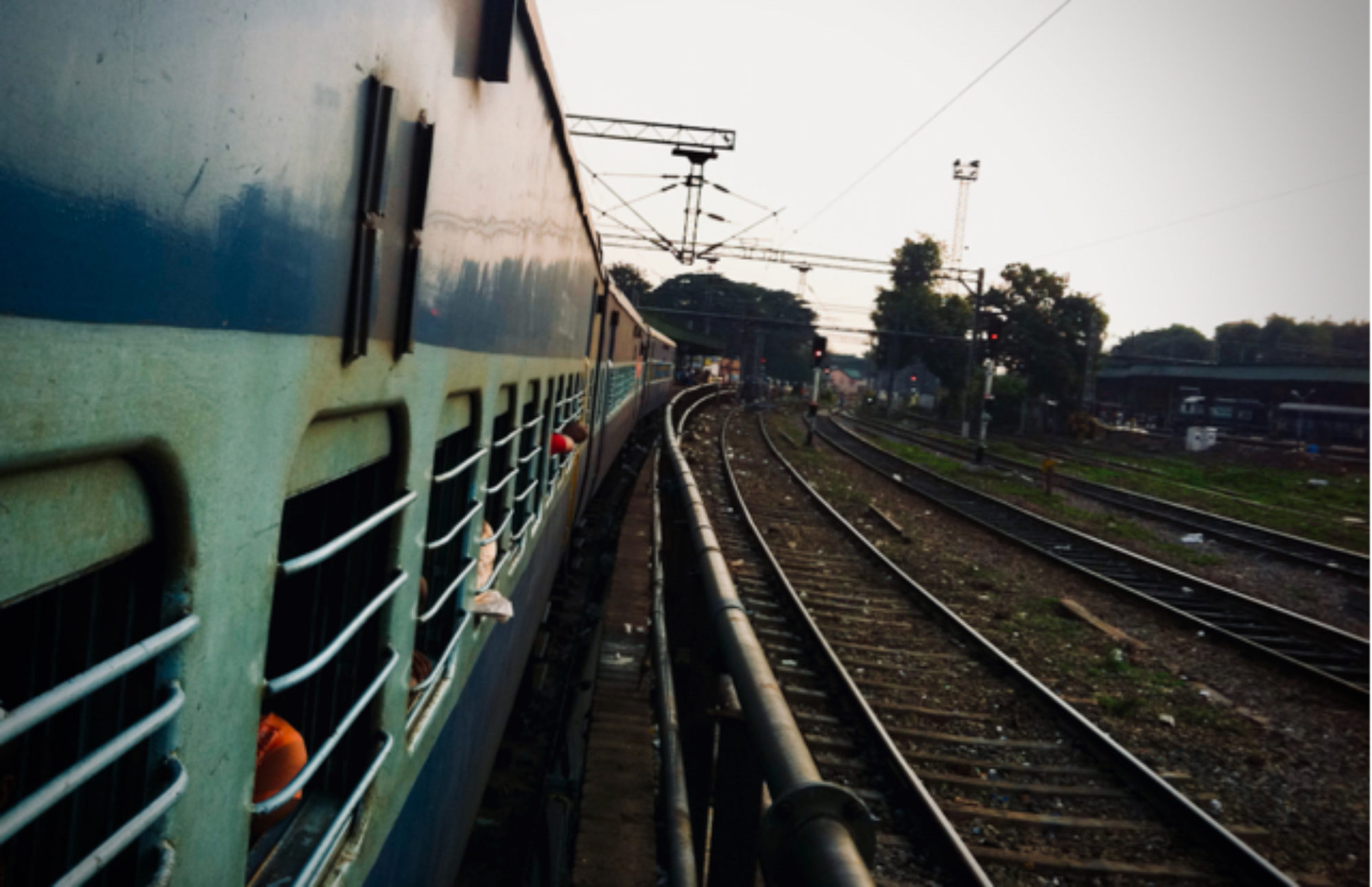Access to clean, affordable energy for the rural poor is an issue that we are actively trying to solve. Solar power is a great solution, but solar products often have large up-front costs and the rural population can be skeptical about purchasing technologies they know little about. Entrepreneurs are taking the initiative to overcome these obstacles by creating innovative financing models or technical solutions such as integrating pay-as-you-go technologies with solar products, notably our own portfolio companies SolarNow and Simpa Networks. This week’s articles highlight the progress we’re making in achieving global energy access.
Four Reasons Pay-As-You-Go-Solar and Digital Financing are Unlocking Energy Access for All by Justin Guay on Huffington Post
Pay-as-you-go (PAYG) solar companies are expanding energy access to the 1.2 billion people without access to power by making high-quality, clean energy products readily available to them. These PAYG technologies can expand more rapidly and begin to build a credit history for the population living beyond the grid when combined with branchless banking and mobile money. The Consultative Group to Assist the Poor (CGAP) published a report (co-authored by our Entrepreneur in Residence and Simpa Networks co-founder Jacob Winiecki) explaining some of the factors that have converged to make today such an opportune time for the PAYG sector.
Reason 1: Solar Got Really Cheap
Reason 2: The Market is Exploding with Growth
Reason 3: Quality and After-Sales Service is Improving
Reason 4: Mobile Phone and Mobile Money Penetration Unlock Solar
The report also recognizes that while these converging factors mean an exciting future for PAYG, the sector is not homogeneous. To address this, it lays out various models that are succeeding in the PAYG sector including solar product categories with examples of companies, different models for digitizing payments, options for pricing and financing terms.
Pay-As-You-Go Solar Startups Sign Up 100K Solar Users in East Africa by Katie Fehrenbacher on Gigaom
PAYG solar products that tap into cellular infrastructure and micropayments are emerging across rural Africa and India. M-KOPA recently announced that it has signed up 100,000 customers for its cell phone-enabled solar service and released its third-generation solar product. Co-founders Nick Hughes and Jesse Moore started M-KOPA with the idea that they could use M-PESA to finance electronic assets before they realized that Kenya lacks the reliable power that electronics need. So instead, they built a service that offers rural customers access to solar panel products that taps into mobile networks for billing cycles and customer alerts. They have partnered with mobile carriers such as Safaricom and have developed into a sizable company working with 700 entrepreneurs and shop owners who sell its solar products.
M-KOPA is not the only one using cell phone infrastructure to enable solar in rural areas. Invested Development’s portfolio company, Simpa Networks is growing a successful PAYG solar network in rural India.
Checking Out Solar at the ‘Light Library’ by Kat Harrison on Next Billion
SunnyMoney, leading international charity SolarAid’s social enterprise, is one of the largest sellers of solar lights in Africa. Up until 2013, it focused on selling portable solar lights in rural areas to build a market for better access to clean, affordable energy. Over the years, SunnyMoney has gotten requests to use and tests the lights to build awareness, trust, and demand without undermining strategies to build a sustainable market. In response, SunnyMoney designed the Light Library, a distribution model that gives would-be customers that opportunity.
The Light Library model involves SunnyMoney donating sets of solar lights to public schools in rural areas, enabling students to borrow the lights at a small fee. This gives their families the opportunity to see how the solar lights can fit and improve their lifestyles, as the lights enabled them to save money they were spending on lighting alternatives.
The study resulted in 35% of the school population buying solar lights, a higher update than SunnyMoney has seen across its other programs in Africa. In addition to increasing exposure to solar lights, the model seems to have reduced the perception of risk. SolarAid released a guide to the model that shares the full results of their evaluation, drawing conclusions on the usefulness of the model in building a sustainable market for improved access to solar products.
New Here?
- Learn about what we do.
- Follow us on Twitter.
- Like us on Facebook.
- Join us on LinkedIn.
- Add us on Google+.
- Sign up for our mailing list.
- Catch up on past Weekly Reviews.
- Fundraising for a mobile tech, alternative energy, or ag tech startup? Apply.
